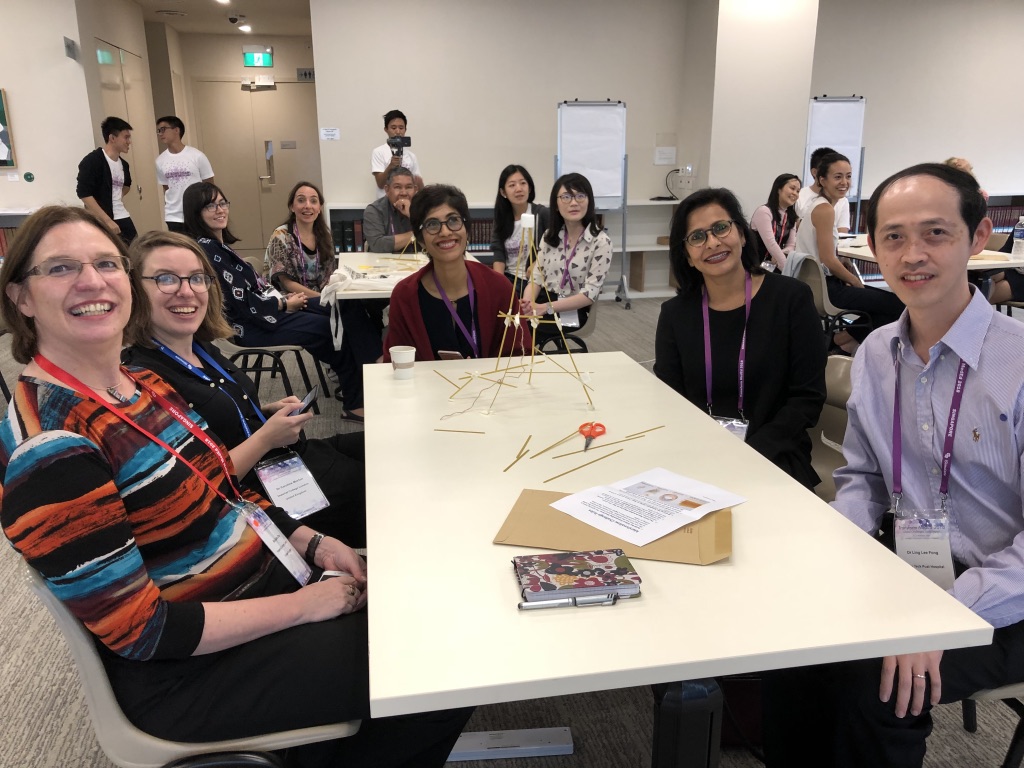Partnership How to run a co-production training course in six steps

Patients and the public are central to our work within the NIHR Imperial BRC, supporting our aims to transform health outcomes locally and internationally through translational research. Public involvement has often sought to involve patients and members of the public after the research question has been identified and sometimes even after the research has been designed. By comparison, if research is co-produced, relevant patients, members of the public, and other stakeholders would be involved as equals even before the research question had been defined as well as all the way through the project.
NIHR INVOLVE has produced helpful guidance on co-producing a research project where it is described as “an approach in which researchers, practitioners and the public work together, sharing power and responsibility from the start to the end of the project, including the generation of knowledge.”
Co-CReating Innovative Solutions for Healthcare (CRISH) is one of the UK’s first co-production courses. The delivery of a two-day short course, funded by EIT Health, has been supported by the NIHR Imperial BRC Patient Experience Research Centre. Areas to consider when running a co-production training course include:
Step 1: Who should attend?
Step 2: Breaking the ice
Step 3: Choosing a project
Step 4: Mapping stakeholders and assessing their needs
Step 5: Designing and evaluating the project
Step 6: Pitching of ideas/project plans
Co-production requires careful planning, a commitment to identifying and involving all relevant stakeholders, sharing power and responsibility, time to form relationships and reflection. Read the full blog post by Maria Piggin, PERC Partnerships & Training Manager, which includes actions at each step listed above, here.
